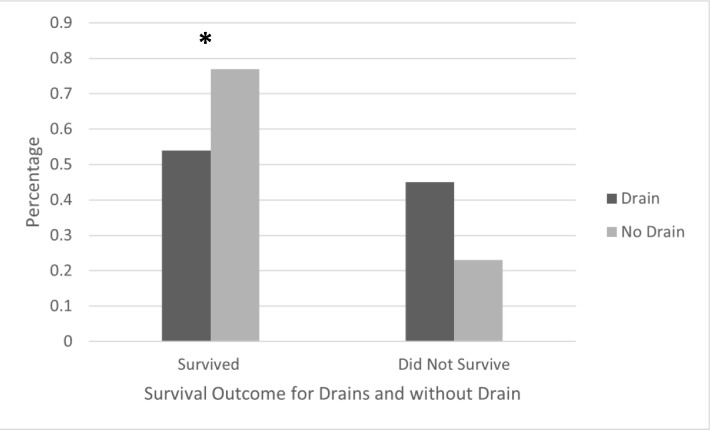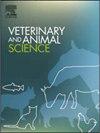Septic peritonitis is a serious medical condition affecting veterinary patients and post-operative care remains controversial. This study aimed to evaluate and compare post-operative outcomes of dogs treated for septic peritonitis with and without surgically placed closed-suction abdominal drains. Medical records were retrospectively searched from the years 2009 through 2019 and one hundred and fifteen dogs with confirmed septic peritonitis treated with exploratory laparotomy were included. Twenty-two dogs had closed suction drains placed and ninety-three dogs were managed without post-operative drainage. Overall survival to discharge rate of patients in this study was 72%. The survival rate of patients with an abdominal drain was 53% compared to 77% in patients without a drain (P < 0.0001). Dogs with a higher APPLEfast score were significantly more likely to have a drain placed at the time of surgery (P = 0.0277). Dogs that had a closed-suction drain were significantly more likely to be given colloidal support compared to dogs managed without drainage (P = 0.0342). Based on this data, closed-suction drainage post-operatively for treatment of septic peritonitis was not associated with a more favorable survival outcome. The use of a severity of illness score, APPLEfast, did not show a correlation between severity of illness and survival outcome but did demonstrate a correlation between illness severity and placement of a closed-suction drain. Closed-suction drainage post-operatively increased the likelihood of receiving colloidal support, but due to the retrospective nature of the study and the lack of standardized post-operative nutritional support, definitive conclusion that post-operative drainage alone led to increased colloidal support cannot be made in this study.



